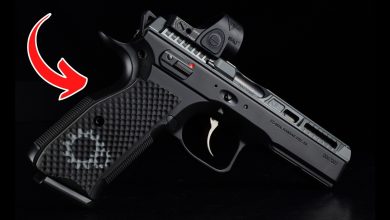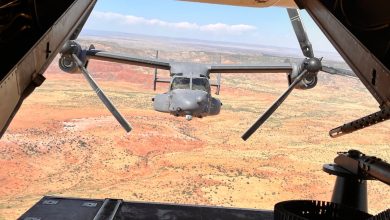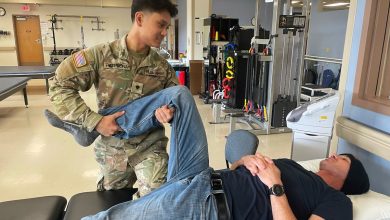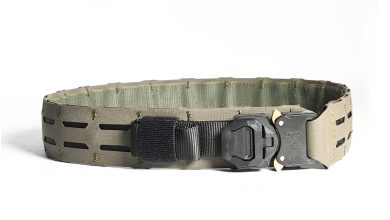The Pros And Cons Of A Defensive Revolver
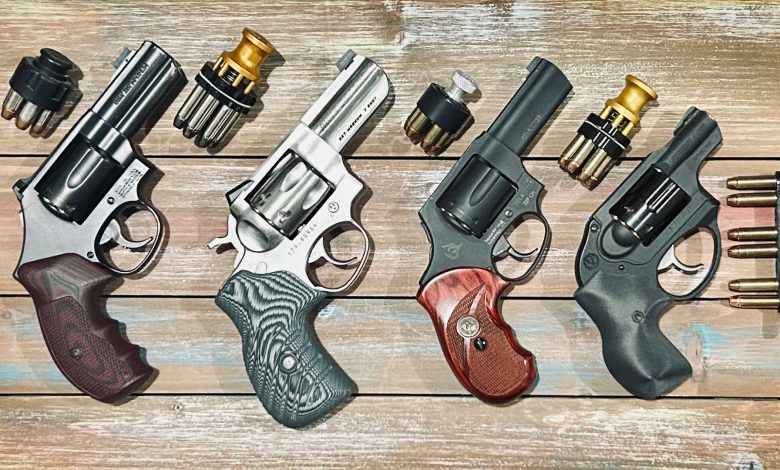
When I retired from the Army and began my career as a firearm trainer, I quickly identified some knowledge gaps. One of those gaps was my knowledge of revolvers, which I didn’t deal with in my military career, which was primarily spent in Special Forces. When teaching classes and private lessons, I had to decide if I wanted to just dismissively tell somebody, “Get a new gun,” or did I want to be able to help them improve in handling and shooting the gun they already had? Opting for the latter, I set out to learn all I could about revolvers, their strengths and weaknesses, and how to use them effectively for self-defense. Did I learn that revolvers are obsolete relics of the previous century? That’s what I expected, but instead I learned that revolvers are still more than sufficient for self-defense and can even be the optimal tool in certain contexts. Let’s examine the strengths of revolvers for armed citizens and self-defense.
Legal Reasons To Own A Revolver
Revolvers are legal to own in all 50 states. Unfortunately, some states have magazine restrictions on the allowable capacity for magazines in semi-automatic pistols, as well as other restrictions on state-compliant semi-autos. When traveling, I carefully examine the handgun laws in states to or through which I am traveling. In states hostile to the Second Amendment, laws and regulations can be written in such labyrinthine verbiage that it can be tough to understand how to do the right thing. In such cases, I find that traveling with a revolver is the safest way to avoid the trouble of inadvertently bringing restricted items into a particular state.
Simplicity Of Operation
Revolvers are simple in operation. The common double-action revolver has two controls on the entire exterior of the gun: The trigger and the cylinder release. After opening the cylinder, there is also the ejector rod. That’s it. By comparison, modern semi-autos have a trigger, magazine release, slide latch and, in many cases, an external safety. The exercise to determine the status (loaded or unloaded) on a revolver is also much more straightforward than that for a semi-auto. For someone who regularly trains and practices, these additional controls and manipulations are not insurmountable by any stretch. That said, there are many people who simply aren’t going to train and practice the way we would like. For many people, the relative simplicity of loading, shooting and unloading revolvers compared to semi-autos make it a sensible choice.
My communal home defense gun, for example, is a Ruger GP100 Wiley Clapp Model with a 3-inch barrel and excellent Novak sights, loaded with .38 Spl. 148-grain wadcutters. The revolver sits in a quick access safe, and every member of my family—including college-aged kids—has enough training to retrieve the revolver out of the safe and use it effectively in an emergency. The reality is that there are vanishingly few realistic home invasion situations that cannot be resolved with seven effectively placed rounds of .38 Spl., and it was easier and faster to get all adult members of my household proficient with the simplicity of the revolver.
Reliability Is A Thing
Neglect of lubrication and maintenance can make an unfired semi-automatic handgun malfunction, whereas revolvers tend to suffer neglect quite well. Conversely, modern semi-automatics tend to suffer abuse well, and revolvers require strict maintenance if you’re shooting a high round count in a short time. So, if you’re the type of person to abuse guns by constant dry-practice and live-fire, a semi-automatic will be an excellent option. If you’re one of the vast majority of citizens who place their defensive handgun in a drawer, safe or holster and forget about it for embarrassingly long periods of time, a revolver has much to recommend.
One specific area where reliability becomes a factor is in real-world use. This is relevant to an examination of snub-nose revolvers versus so-called “micro-nines,” or tiny semi-automatic pistols chambered in 9mm or sometimes .380 ACP. Micro-compact semi-automatics tend to be very reliable on the range while standing in a traditional shooting stance with an optimal two-handed grip. The problem can appear in real-world incidents, where one might have a suboptimal two-handed or one-handed grip, be off-balance and as a result, “limp-wrist” the gun, become entangled and grapple with an attacker or otherwise deviating from the optimal shooting technique we use on a practice range. Micro-compact semi-automatics tend to be much less forgiving than even full-size semi-automatics. Thanks to revolvers not requiring inertia of a reciprocating slide to function, they tend to shine in situations where a shooter cannot maintain an optimal stance and grip during the fight. If that is a concern, then a revolver is worth considering.
Concealment Advantages
Most modern semi-autos are full of straight lines and right angles, but our bodies are not. For carry guns, concealment is one of the most important factors in choosing what sidearm will become our constant companion as we go about our daily lives. In my experience, given a revolver and a semi-automatic of similar size, the rounded edges and curved lines of the revolver make it a more concealable handgun. It is true that between a mid-sized semi-automatic and a K-frame sized revolver, one is sacrificing ammunition capacity, but how much that matters is going to depend on different factors that vary by individual. If capacity is extremely important to you, and you live and work in an environment where concealment is a lesser concern, then a semi-automatic may be the right choice. However, if you need optimal concealment and your marksmanship skill is such that you think you can score quality hits in the typical distance of an violent encounter without errant rounds, then revolvers make an excellent option. Additionally, I find anecdotally that revolvers are more comfortable to conceal within the same size category, for the same reason: Curves tend to poke and pinch less than corners.
Modularity
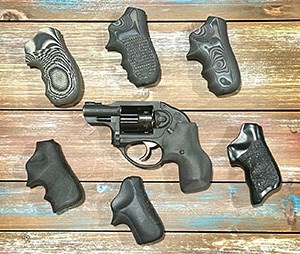 Semi-automatic grips in the last 20 years or so have become more modular and adaptable, thanks to interchangeable panels that allow one to adjust the width and thickness of the grips. The limiting factor, however, is that the guns magazine still must fit inside the grip. Revolvers, on the other hand, have a degree of modularity within the grip that semi-automatics simply cannot match. The range of adjustment available to revolver shooters by swapping out stocks means that any shooter can find the perfect size and features to give them the perfect grip on their revolver. Virtually every model of revolver has grips available as slim and unobtrusive as possible for maximum concealment, large and heavily knurled for optimal shooting, with several options in between that balance the two. If you’ve got unique hands or are particular about your handgun grip, revolvers present the opportunity to find the truly perfect fit. Given that handgun grip, at least in my opinion, is the most important factor in shooting a handgun well, this is a decided revolver advantage.
Semi-automatic grips in the last 20 years or so have become more modular and adaptable, thanks to interchangeable panels that allow one to adjust the width and thickness of the grips. The limiting factor, however, is that the guns magazine still must fit inside the grip. Revolvers, on the other hand, have a degree of modularity within the grip that semi-automatics simply cannot match. The range of adjustment available to revolver shooters by swapping out stocks means that any shooter can find the perfect size and features to give them the perfect grip on their revolver. Virtually every model of revolver has grips available as slim and unobtrusive as possible for maximum concealment, large and heavily knurled for optimal shooting, with several options in between that balance the two. If you’ve got unique hands or are particular about your handgun grip, revolvers present the opportunity to find the truly perfect fit. Given that handgun grip, at least in my opinion, is the most important factor in shooting a handgun well, this is a decided revolver advantage.
Conclusion
There’s never been a time with more great options in semi-automatic handguns. However, that doesn’t mean that revolvers are useless and impractical relics of the 20th century. Revolvers bring many advantages to the armed citizen, including simplicity of maintenance and operation, reliability even in suboptimal shooting conditions, high degrees of comfort and concealability given their size, and high degrees of modularity in grip and caliber. Presuming the user possesses a modicum of skill, the venerable revolver is every bit as effective as a self-defense tool in this century as it was in the previous one.
Read the full article here


